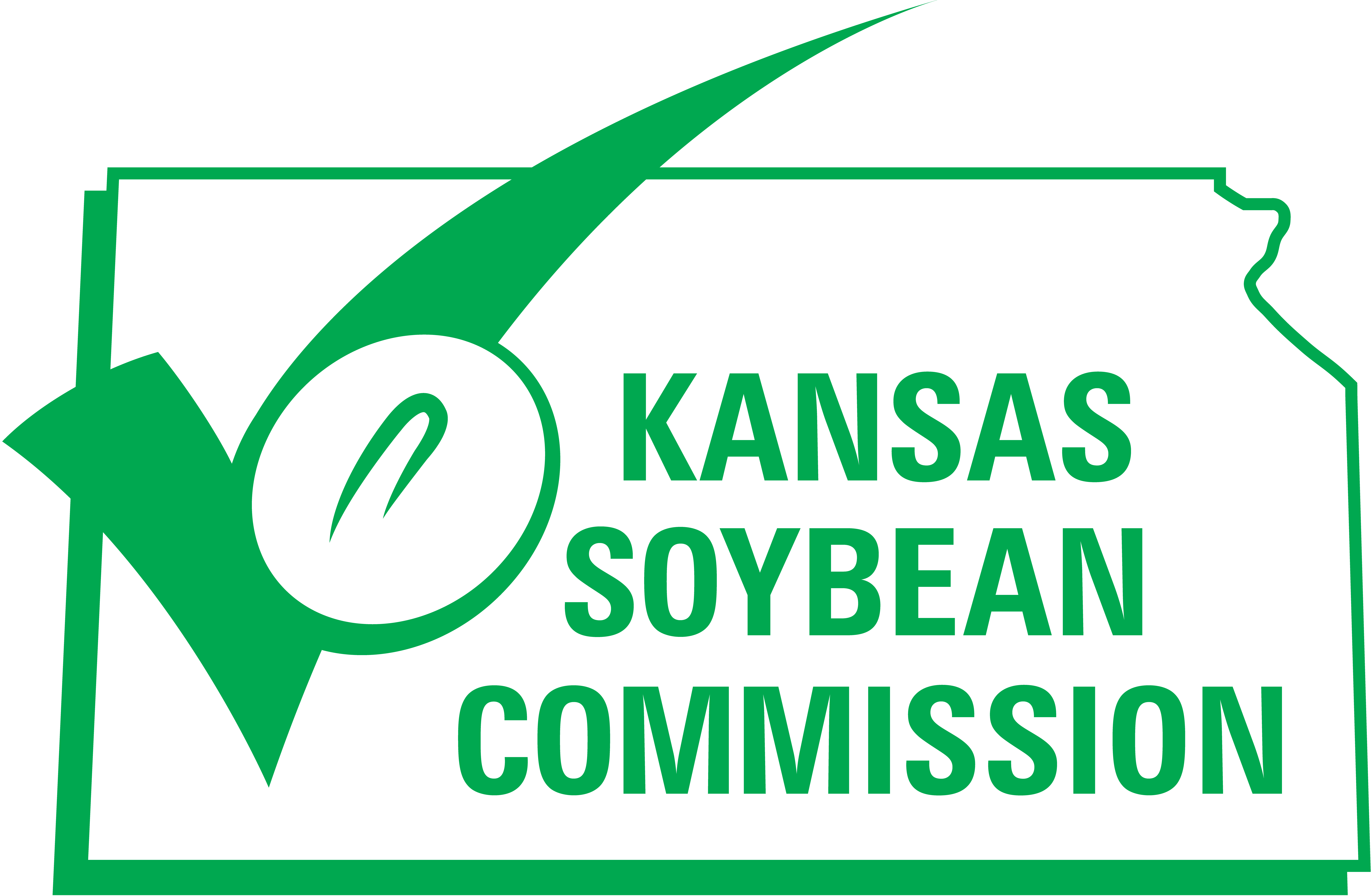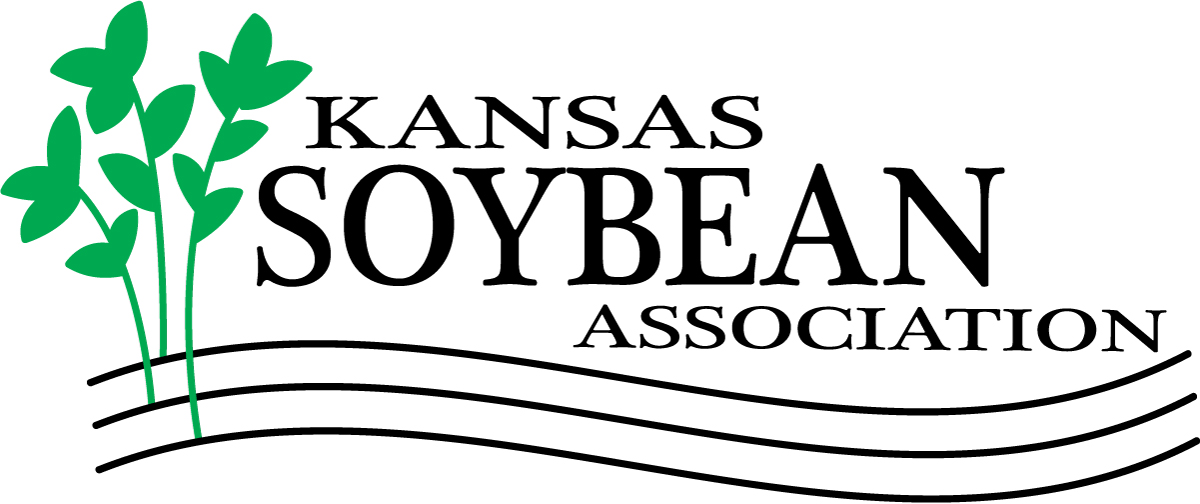Agronomic research brightens future of soy
Farmers checkoff dollars are utilized to fund research that will benefit them
Imagine having a soybean crop that improves in quality and value year after year. These days, that is becoming a reality. Agronomic research conducted in Kansas brightens the future of soybean growers by developing a hearty, resilient crop worth growing.
In December, the Kansas Soybean Commission met to approve a new round of research proposals and chose 52 for funding. Keith Miller, Great Bend, says the slate of research projects approved by the Commission at the meeting looks very promising and could really make a difference on the quality of Kansas soybeans.
The projects that excited Miller most in terms of the agronomic proposals were those focused on weed control, increasing varieties and improving disease resistance.
Kansas State University proposed several agronomic research projects to check those boxes.
Mithila Jugulam and co-investigators will explore gene editing to manage palmer amaranth. Palmer amaranth is highly resistant to several modes of action, so the research team hopes to silence those resistant genes and develop a way to biologically control the problem weed. A second project focused on palmer amaranth led by Vipan Kumar will study the effectiveness of using a Redekop weed seed destructor during harvest to decimate the number of palmar amaranth seeds in the field.
Harold Trick’s genetic engineering project is set to develop new traits to eliminate pressures like soybean cyst nematode, sudden death syndrome, dectes stem borer and others. Bill Schapaugh will continue his research to develop new soybean germplasms and varieties for public domain use.
Suppressive soils are considered a holistic way to manage soil-borne diseases. A soil health study led by Gretchen Sassenrath aims to find the best practices for promoting a good microbial community within the soil and therefore increase the suppressive potential of fields across the state.
Also examining soil nutrients, a project led by Dorivar Ruiz Diaz seeks to answer how integrating phosphorus application with cover crops impact a soybean crop. It will explore cost effectiveness, environmental risk, yield impact and other aspects of phosphorus timing and placement.
Ajay Sharda will continue research that records real-time kinematic GPS planting and canopy profiles using infrared technology, rather than completing manual data extraction. Year two of the project will enhance mapping and rapidly extract remotely-sensed data to compare against manually extracted data for validation.
Other projects explore variation in planting windows, mitigating soybean diseases and managing insect risk through layered mapping.
Kansas State University researcher Gibum Kwon was approved to continue his project studying nanoclays created with soybean starch that can maintain soil moisture by absorbing and releasing water. The goal for year two of the project is to cultivate the nanoclays on a larger scale to evaluate the efficacy in sustaining moisture in field tests.
“Every bit of research done improves soybeans as a commodity by increasing quality,” Miller says, nothing that the projects funded by the Commission are beneficial to farmers across the state.
At the national level, research leaders are looking forward. Following the Research Forum and Think Tank in August 2021, next steps have been determined to bolster research efforts.
Four goals emerged from the collaborative discussions:
- Provide research-based solutions to soybean farmers for fully integrated and intelligient production systems that meet differentiated value opportunities.
- Provide organized and focused leadership for cooperation, coordination, and alignment of soybean farmer research priorities and investments among states, regions, and the USB.
- Establish leadership on partnerships for market research and similar work directed at attaining full connection across the soybean value chain and lead soybean research priorities that enhance farmer profitability. This will enable delivery of short and long-range processors, customer end-user and consumer-driven products and solutions.
- Establish the most cohesive, coordinated, and meaningful research communications and research marketing program to help promote US Soy. Will be done in partnership with soybean checkoff communications and marketing teams with expertise and/or contract relationships in communicating and marketing soybean farmers, farming, and science and technology innovations.
The soybean industry and its stakeholders are energized and ready to act on these goals. The future of soy is bright, indeed.

